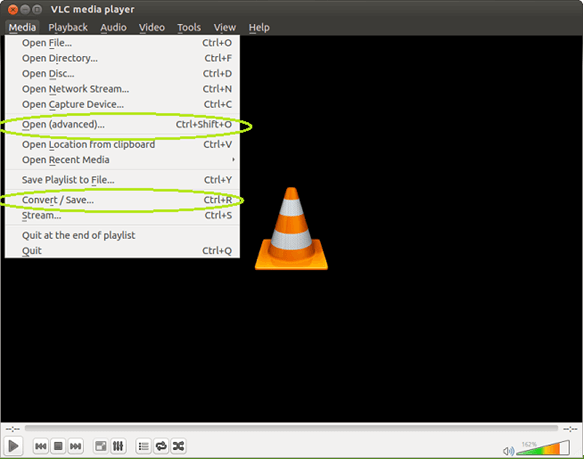

I-frame datamosh: MPEG-4 ASP (Xvid) > I-frame interval = 9999. > save > close > open that new save > go to P frame > click the button > move one frame over to the right (should be a B frame) > click the button > ctrl+c ctrl+v > move over the first B frame then ctrl+v on the second one > repeat while going a bit slow so the program doesn’t crash > save > go to VLC > open file > select at the bottom to the right of the search bar “All files” > select your file > go to media at the top left > convert/save > click add (then add this file) > click on the down-arrow next to the convert/save button > convert > browse > the file is already good to go just click save > wait for the blue bar at the bottom to load all the way > done

P frame datamosh: MPEG-4 ASP (Xvid) > I-frame interval = 9999. you also may be confused with the I-frame technique, where you delete all I-frames to get the scene-to-scene datamosh.

On March 25th, 2012, the /r/brokengifs subreddit was launched, featuring animated GIFs created using datamoshing techniques.Ive never seen a datamoshing tactic where you outright delete P-frames? maybe i just don’t know of this strategy, but when you’re using P-frames, you need to copy them over onto B-frame spaces. On May 16th, 2011, YouTuber Yung Jake uploaded a music video titled "Datamosh," which included a variety of compression artifacts (shown below). Within the first four years, the video gathered more than 10.3 million views and 11,400 comments. On June 16th, rapper Kanye West released the music video for his song "Welcome to the Heartbreak" (shown below), which featured many datamoshed video artifacts. On February 24th, 2009, YouTuber datamosher uploaded a datamosh instructional video (shown below, left). On August 2nd, 2007, YouTuber Michael Crowe uploaded a video titled "Takeshi Murata," which featured a montage of datamoshed videos (shown below). In 2006, a technique created by artists Betrand Planes and Christian Jacquemin transcodes one lossy video format into another was demonstrated with the modified DivX video codec DivXPrime. Now choose the file format you want to convert your video into from the available formats. Choose your video and click on the Convert/Save button.

Go to the Media option on the upper corner of the player and select Convert/Save. According to the tech blog Bit_Synthesis published a post titled "Datamoshing – the Beauty of Glitch," the practice of datamoshing had been used by digital artists since at least 2005. Download VLC from an authentic source and install it to launch on your device.


 0 kommentar(er)
0 kommentar(er)
